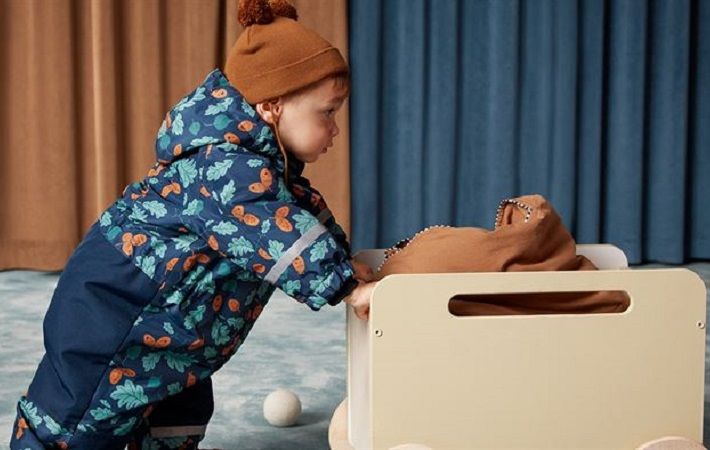
"By piloting a new circular business model, Lindex takes an important step in prolonging the lifetime of clothes together with its customers," the Sweden-based company said in a statement.
"The climate will not wait and one of the most important things we need to do for our future is to save natural resources by prolonging the lifetime of products. Today, a lot of clothes spend the majority of its lifetime hanging in a closet without being used. At Lindex, we want to encourage and make it easier for our customers to be part of the change," said Anna-Karin Dahlberg, head of Sustainability at Lindex.
"With our second hand, we can give our customers both the possibility to hand in clothes that are not being used anymore and the opportunity to buy preloved pieces. It is a circular business model that prolongs the lifetime of our clothes and sharpens our total offer to meet our customers’ needs, today and tomorrow. A win-win for our customer and for the climate," Dahlberg added.
Lindex’s aim has been to create a simple, playful and accessible concept and the pilot has been developed as part of the Switching Gear Project with Circle Economy.
Lindex is also exploring a new circular approach connected to its existing in-store textile collection. In collaboration with the local partner in Norway, selected womenswear pieces that have been handed in by customers will be sold in the newest Lindex store in Oslo Byporten. The curated second hand will feature long time favourites from the Lindex collections and design collaborations.
In addition to offering the customers new types of services, the pilot gives Lindex valuable insights on how to scale the business model and how to improve in designing the assortment for longevity.
"Exploring circular business models is an important part of Lindex’ circular transformation and reaching its goal on climate – to reduce the CO2 emissions in its entire value chain with 50 per cent by 2030," the statement added.
Fibre2Fashion News Desk (RKS)